Time to move philosophers into the lab. AI is making theories of consciousness testable.


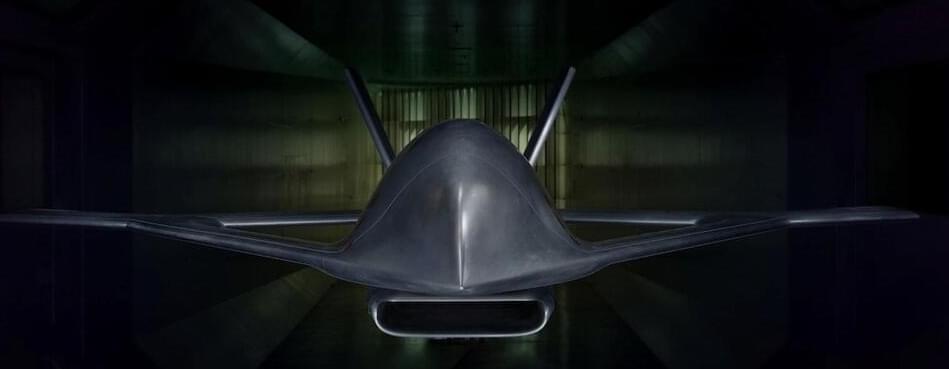
DARPA is preparing to revolutionize flight as it moves forward with the development of its experimental X-plane, which the agency says will upend a century of flight technology with an aircraft featuring no moving control surfaces.
The X-65, a technology demonstrator with a 30-foot wingspan weighing slightly more than 7,000 pounds, is expected to be capable of reaching Mach 0.7.
The agency has been working with its partners at Aurora Flight Sciences, who were recently given the green light to construct a full-scale experimental aircraft that will demonstrate the company’s novel active flow control (AFC) actuators for its flight control system.
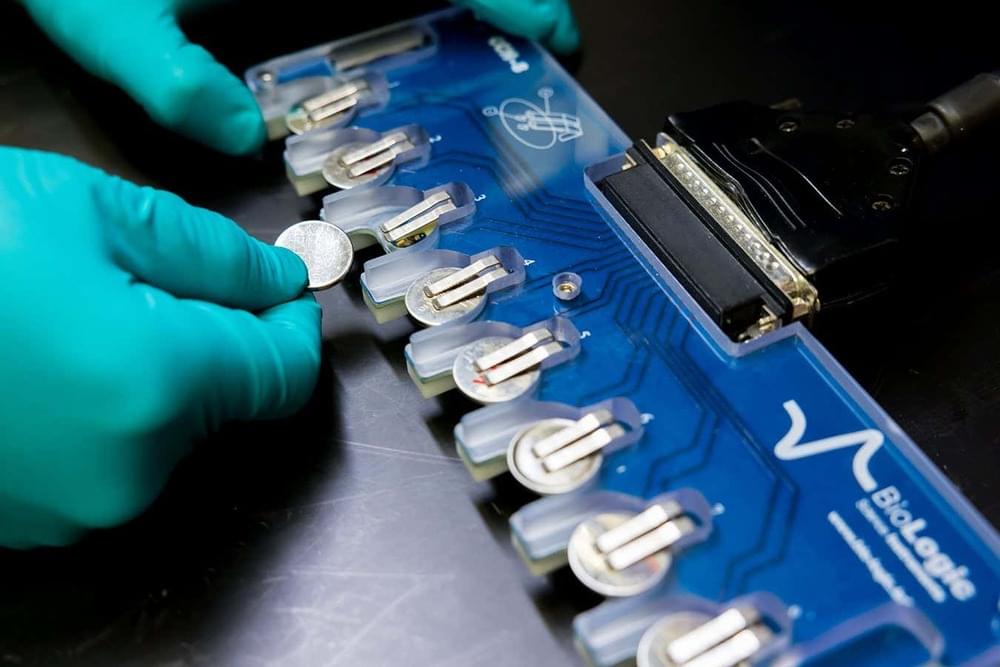
Artificial intelligence can accelerate the process of finding and testing new materials, and now researchers have used that ability to develop a battery that is less dependent on the costly mineral lithium.
Lithium-ion batteries power many devices that we use every day as well as electric vehicles. They would also be a necessary part of a green electric grid, as batteries are required to store renewable energy from wind turbines and solar panels. But lithium is expensive and mining it damages the environment. Finding a replacement for this crucial metal could be costly and time-consuming, requiring researchers to develop and test millions of candidates over the course of years. Using AI, Nathan Baker at Microsoft and his colleagues accomplished the task in months. They designed and built a battery that uses up to 70 per cent less lithium than some competing designs.

LG is already one of the most prolific EV battery manufacturers in the US, but it wants to build the devices that charge them, too. The company just opened just opened its first EV charger manufacturing facility in the US, a 59,000 square foot plant in in Fort Worth, Texas capable of manufacturing 10,000 units per year.
The company has already started to assemble 11kW home-style chargers there and will begin producing 175kW fast chargers in the first half of 2024. It plans to built 350kW ultra-fast chargers at some point this year designed for “commercial travel and long-distance transportation,” LG wrote.
The Korean company said it chose Texas as it had existing facilities there and because the state offers “excellent logistics and transportation networks and is home to major operations for companies in industries ranging from automobile manufacturing to finance” (GM, Toyota and Tesla all have vehicle assembly plants in the state).
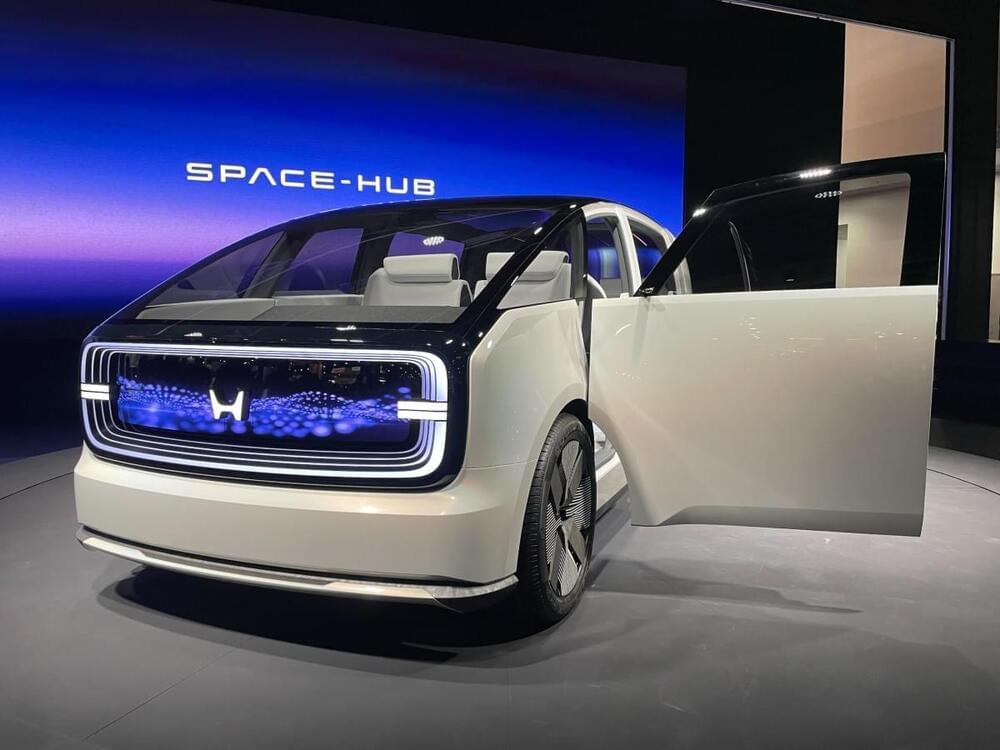

“The first A in NASA stands for aeronautics. And we’re all about groundbreaking aerospace innovation,” Melroy said. “The X-59 proudly continues this legacy, representing the forefront of technology driving aviation forward.”
NASA’s latest X-plane (‘X’ for “experimental”) is the culmination of decades of research and involved radically different manufacturing approaches including new augmented reality systems, robotic drilling and 3D modeling techniques.
“This isn’t just an airplane, this is an X-plane,” Melroy added. “It’s the manifestation of a collaborative genius.”
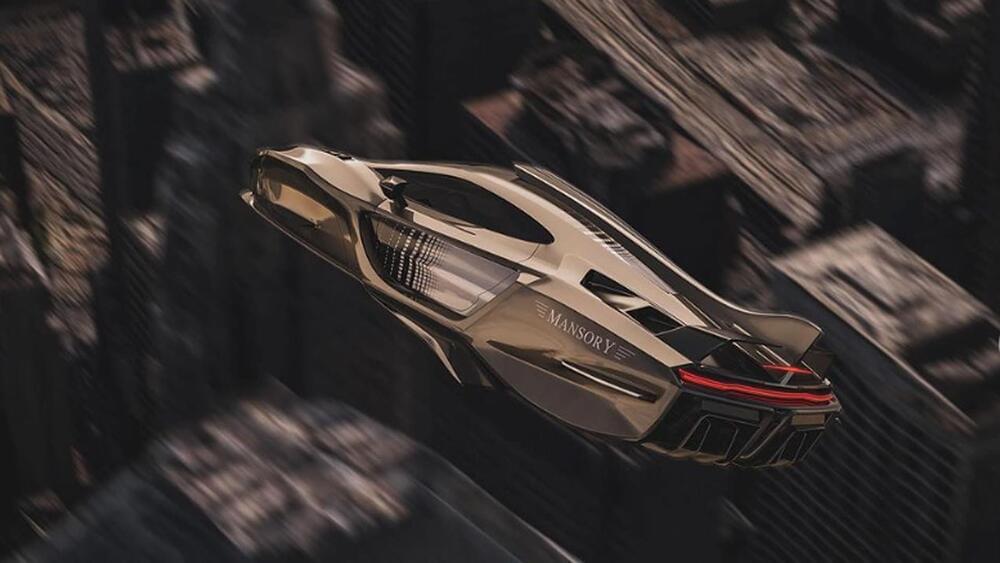
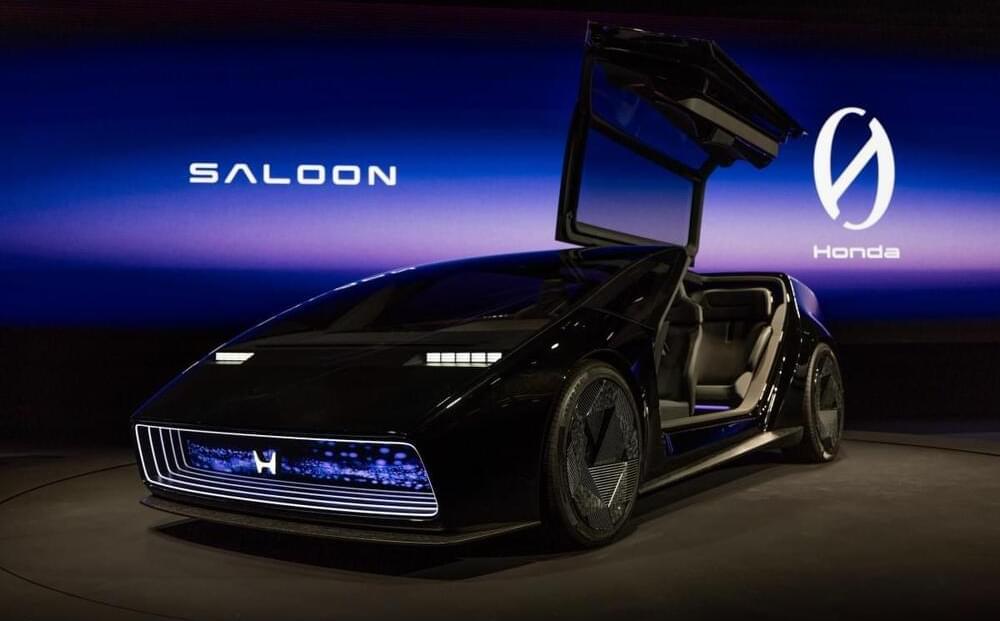
Zero-emissions long-distance aviation is absolutely possible… Provided you’re not in a hurry. Solar Airship One will take 20 days to fly all the way around the equator, some 40,000 km (~25,000 miles), in a single zero-emissions hop.
The 151-m (495-ft)-long airship will have its entire upper surface covered in solar film – some 4,800 square meters (51,700 sq ft) of it, or about nine-tenths of an NFL football field for those of you who prefer the standard units.
By day, the solar panels will run the airship’s electric propulsion systems, while also banking up extra power for the overnight haul by electrolyzing water into hydrogen. By night, the hydrogen will run through a fuel cell, providing the juice to keep going.
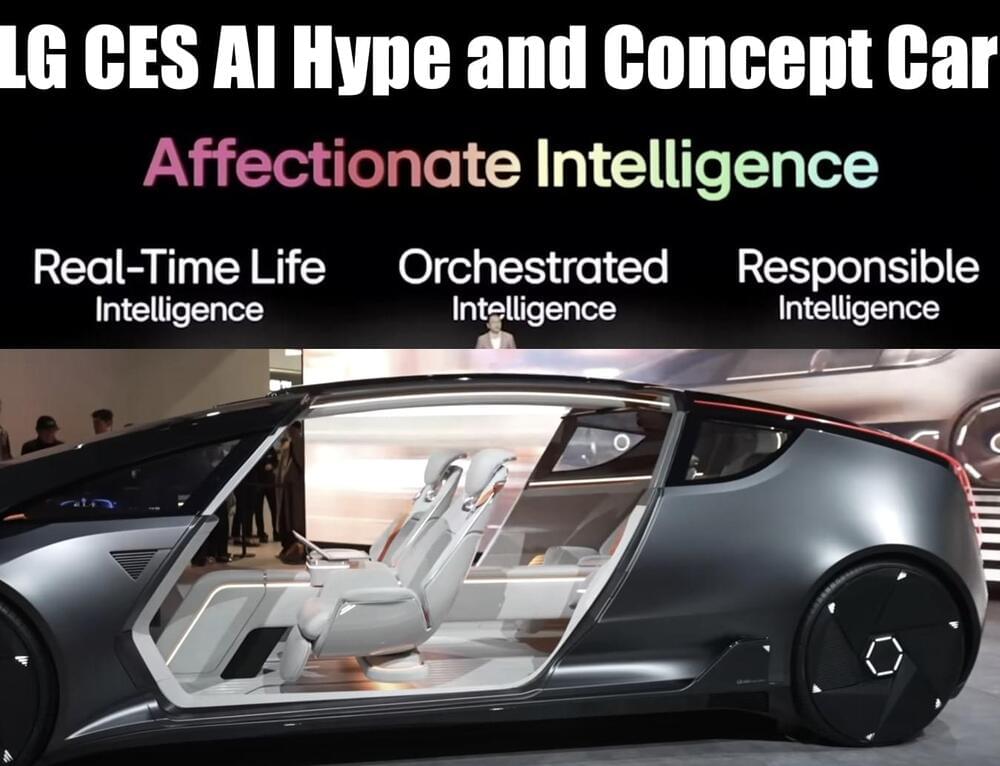
Prototypes, slideware and vaporware is easy. LG showed a cool prototype self driving concept car at CES 2024. There was also new AI marketing buzzwords and AI promises.
The concept car has swiveling seats so that passengers can look at any direction. There were also great LG screens to immerse passengers with video.
Real AI is emerging this year but there will also be a lot of AI Hype.